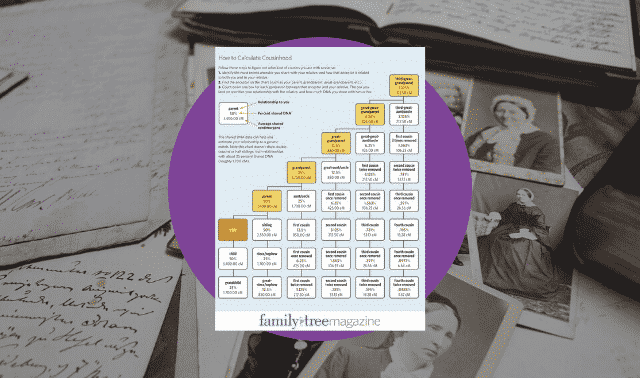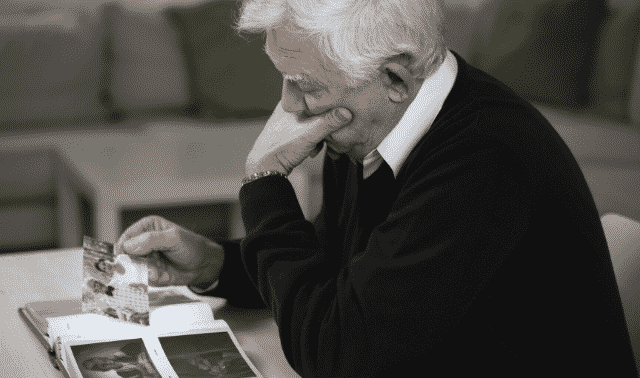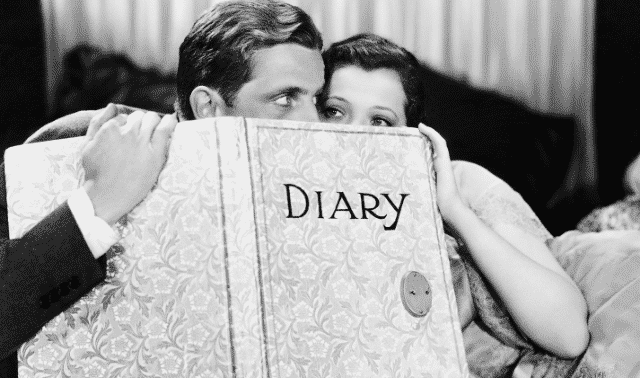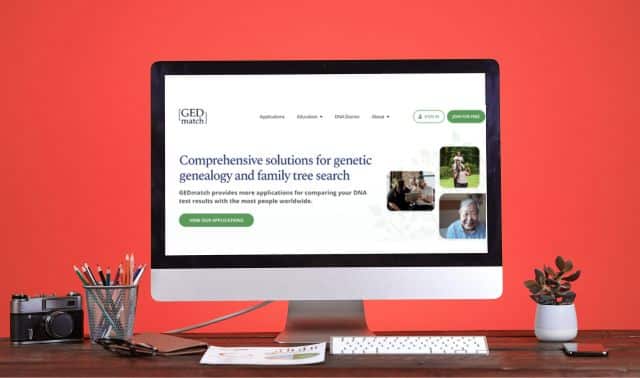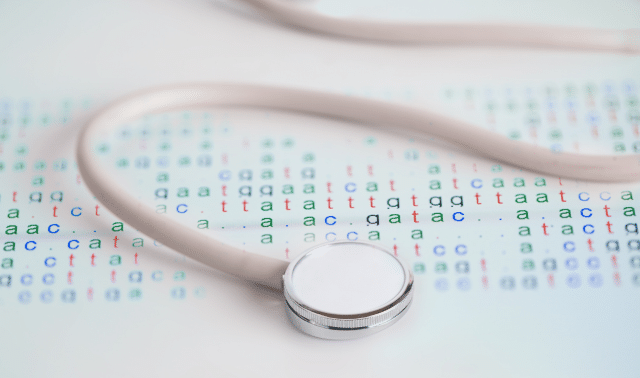Sign up for the Family Tree Newsletter Plus, you’ll receive our 10 Essential Genealogy Research Forms PDF as a special thank you!
Get Your Free Genealogy Forms
"*" indicates required fields
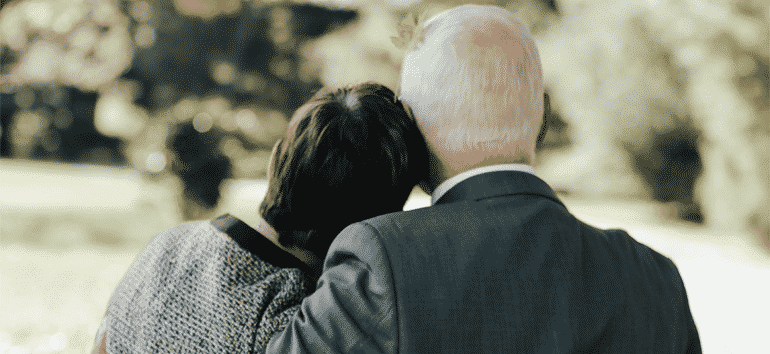
Q. My father passed away before he could take a genetic genealogy test. Is there anything we could have done to test his DNA?
A. You’re correct that it’s helpful for your genealogy research to test your parents’ DNA if possible. That’s because each of us receives half of our autosomal DNA from our Mom and half from our Dad. What happens to the halves we didn’t get? Put simply, it’s gone.
Because older generations of your family are a step closer to the ancestors you’re researching, they have more of your ancestors’ genetic information to work with. But sometimes, loved ones pass away unexpectedly. If you find yourself in that unfortunate situation, and you want to preserve your relative’s DNA for testing, take these steps as soon as possible.
First, consider the ethical implications of your decision. Ask yourself what your loved one would want, and look into any religious affiliations or traditions that might affect your actions.
Tell the undertaker or whomever has possession of the body that you want to collect a DNA sample. Go to IDENTIGENE and enter your ZIP code to find a store that sells the Identigene Paternity Testing Kit. These aren’t genetic genealogy tests, but the kit contains the same kind of cheek swab that Family Tree DNA uses for its tests. If you can’t find the Identigene kit, ask your doctor or hospital for Dacron swabs. These aren’t regular cotton swabs; they’re special swabs that can be used for DNA collection.
Ask the undertaker to follow the instructions that come with the Identigene kit or use the swabs to collect a DNA sample from your deceased relative. Place the swabs holding the sample in an envelope.
Call Family Tree DNA (713-868-1438), explain your situation, and order a DNA test. They’ll instruct you on how to return the sample you take.
These steps don’t guarantee that you’ll retrieve a viable DNA sample, but they’re your best bet given the situation. If you weren’t successful, you still can capture much of your dad’s genetic information by testing select other relatives. Look to his siblings, his parents’ siblings, and your cousins who are descendants of these siblings. In fact, testing the DNA of three siblings can capture up to 70 percent of their parents’ genetic picture.
A version of this article appeared in the October/November 2018 issue of Family Tree Magazine.
Related Reads
ADVERTISEMENT

